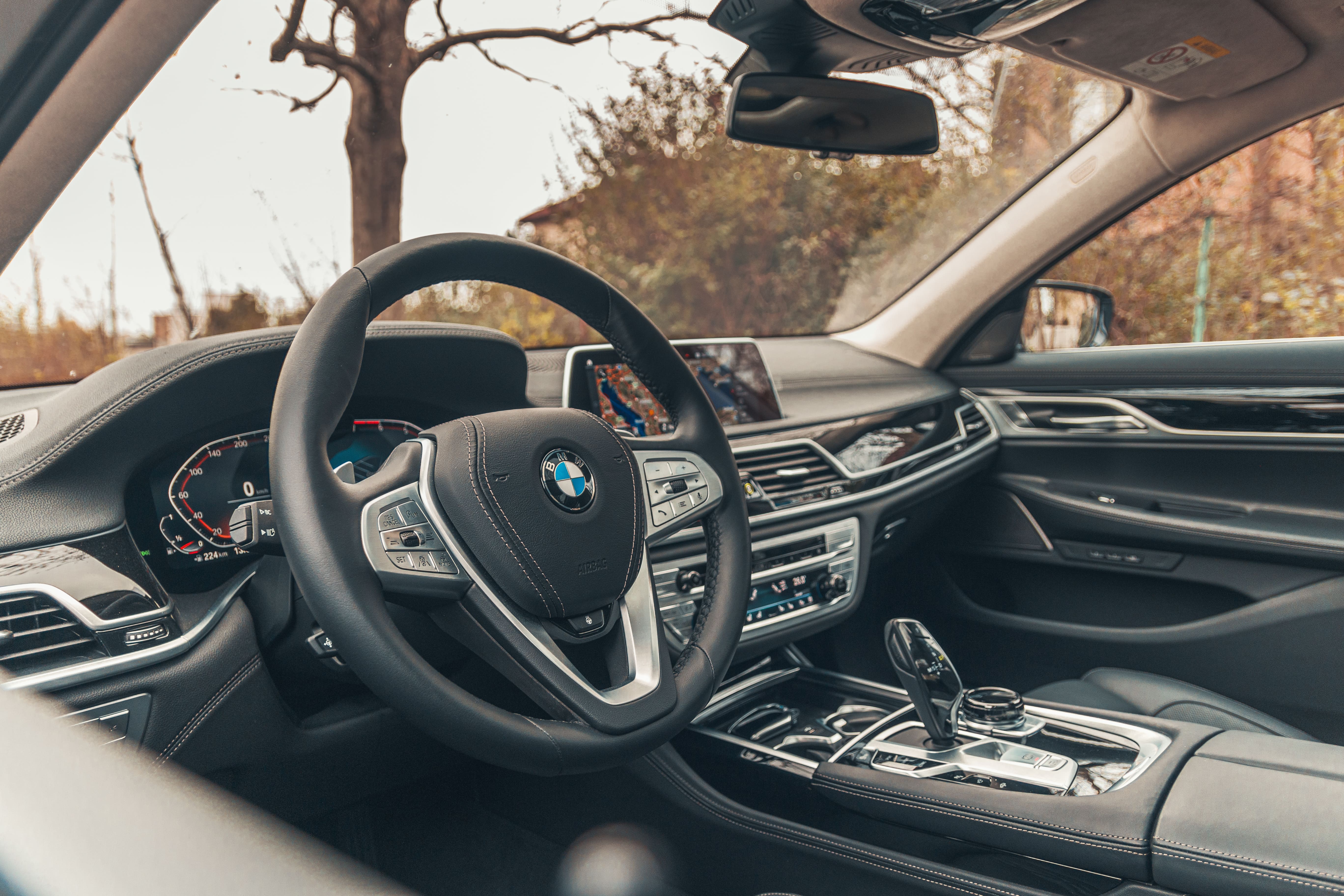When Form Fails Function: Top 10 Vehicle Design Flaws

While every car model has its unique features and characteristics, some have design flaws that can be frustrating or even dangerous.
Whether stemming from aesthetic pursuits or attempts to introduce innovative features, these missteps highlight the complex nature of vehicle design.
Here are 10 notable design flaws from various models that consumers absolutely hate.
Complicated Infotainment Systems
Flaw: Many modern cars come with touchscreen infotainment systems that control everything from radio to air conditioning. However, overly complicated systems can distract drivers, increasing the risk of accidents.
Example: The early versions of Cadillac's CUE system were often criticized for being non-intuitive and laggy.
Poor Visibility
Flaw: Design trends towards sleeker, sportier profiles often mean smaller windows and bigger blind spots.
Example: The Chevrolet Camaro's stylish design offers a menacing look but at the expense of rear and side visibility.
Door Design
 Christian Geischeder, Wikimedia Commons
Christian Geischeder, Wikimedia Commons
Flaw: Some car doors, especially "suicide doors" or those that open in unconventional ways, can be less practical and might pose risks in tight spaces.
Example: While the rear-hinged doors of the Mazda RX-8 looked cool, they were often impractical in tight parking spaces.
Touch-Sensitive Controls
Flaw: Replacing tactile buttons with touch-sensitive controls can be problematic, especially for drivers who prefer to adjust settings without looking.
Example: Some iterations of the Honda Civic used touch sliders for volume control, which weren't always responsive.
Tire Size
Flaw: Larger rims and thinner tires, while visually appealing, can result in a harsher ride and are more prone to damage from potholes.
Example: The Alfa Romeo Giulia Quadrifoglio looks fantastic with its large rims, but they can be a liability on uneven roads.
Overly Aggressive Engine Start-Stop Systems
Flaw: While meant to save fuel, aggressive start-stop systems can make the ride feel jumpy and might wear out starters quicker.
Example: Some BMW drivers have reported their start-stop systems to be too abrupt, especially in city driving.
Lack of Physical Buttons
Flaw: Over-reliance on touchscreen controls means even simple tasks can require multiple steps, diverting the driver's attention.
Example: The Tesla Model 3's almost exclusive reliance on its central touchscreen has been a point of contention among some users.
Misplaced Cup Holders
Flaw: Cup holders placed too close to controls or in locations where a spill could be catastrophic are a surprising oversight.
Example: The older models of the BMW 7 Series had cup holders placed right next to the infotainment controls.
Gear Selector Design
Flaw: Unconventional gear selectors can confuse drivers, potentially leading to dangerous situations.
Example: The rotary gear selector in some Jaguar models, while elegant, has occasionally been a point of confusion for some users.
Poorly Positioned Touchscreens
Flaw: Touchscreens that are either too low or too far can cause drivers to take their eyes off the road for extended periods.
Example: The touchscreen in the Subaru Legacy, although feature-rich, requires a downward glance, diverting eyes from the road.
In the world of automotive design, the balance between form and function is delicate. While designers constantly innovate and push boundaries, it's essential to prioritize safety and practicality.
















